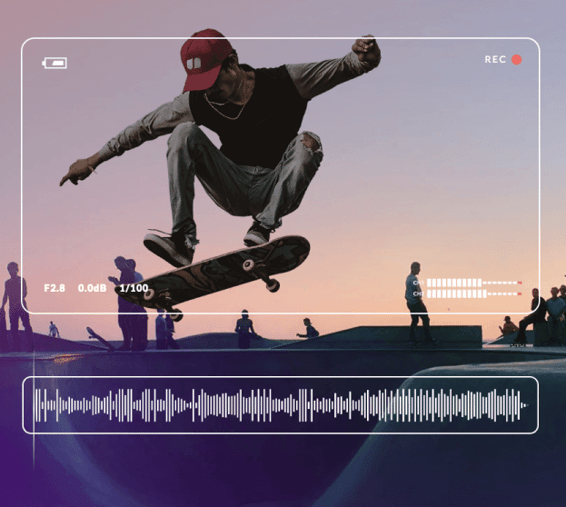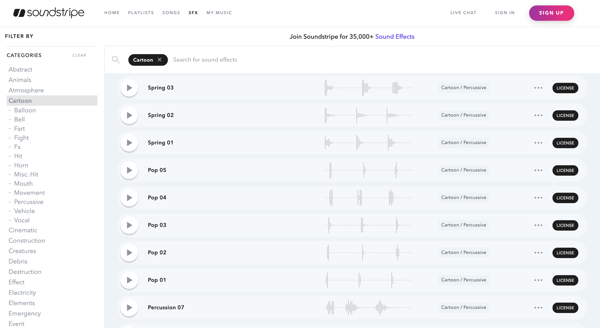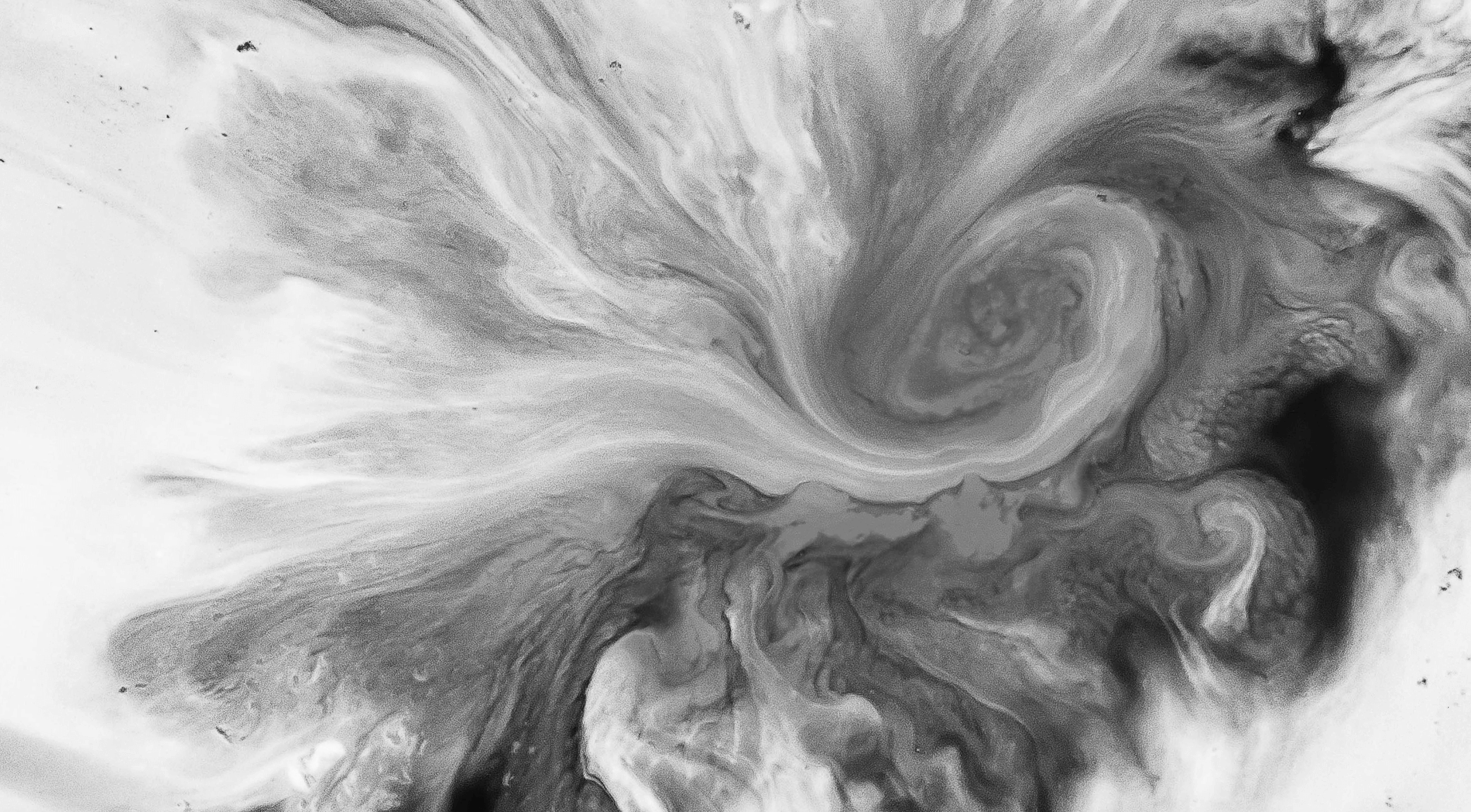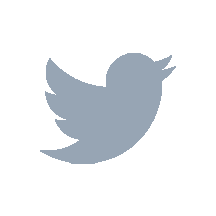Welcome to Outstanding
Cartoon Sound Effects






Listen to our Best Cartoon Sound Effects
We know the right sound effect can make or break your project. That’s why every effect in our library is vetted by award-winning producers. Hear for yourself. We've curated a playlist with our best cartoon sound effects.
Looking for something different?
We got you. From classical to hip hop to indie, our audio library contains thousands of outstanding tracks. Use one of our 13 filters or check out other curated playlists to find what you need in minutes.
BROWSE THE FULL CATALOG
Dead Simple Licensing
Never worry about licensing again. With Soundstripe, your membership covers the cost for every song license. Just find the right track, download the file, and get a custom license. That’s it. No channel or media-specific fees, no recurring royalties, ever. Here’s more good news: you have unlimited licenses. Go ahead, download as many songs as you want.
Why Do We Love Cartoon Sound Effects?
Cartoons have played a big role in the development of pop culture. Maybe you grew up on shows like Pokémon, Spongebob, and Avatar: The Last Airbender. Maybe it was The Simpsons and South Park. Or maybe you’re an old-school fan and prefer Scooby Doo and Looney Tunes.
Either way, we all spent time in animated worlds. Saturday mornings and after-school cartoons have become a go-to source of entertainment for generations of children around the world.
A successful cartoon consists of a half-dozen component parts. And with shows trending toward digital animation, it’s easy to look at what made older shows — and cartoons as a whole — so memorable for us.
If we step back from our nostalgia, it can be hard to point out what drew us into these animated worlds. The history of cartoons are filled with legendary voice talents like Mel Blank (“The Man of a Thousand Voices”), pioneers like Walt Disney, or cultural phenomenons like Bugs Bunny.
But one thing few people really appreciate is the pure magic of classic cartoon sound effects. Many of those sounds are just as influential today as they were 50 years ago — in fact, some are still in use today.
So if you’ve ever wondered why we love cartoon sound effects, let’s look at where it all began.
The History Of Cartoons
It doesn’t take a film guru to think about the history of animated cartoons. While this particular art style has been around for a century, we can trace its rise to one very clear figure: Walt Disney.
One of the big keys to Disney’s success (and the sudden success of animation) is how quickly he incorporated the then-experimental sound of film.
When The Jazz Singer premiered in 1927, it was the first film to incorporate sound and music as part of the audience experience. The Jazz Singer revolutionized how people interacted with movies, and suddenly an entire industry of people were pushed to include this new technique into their work.
Walt Disney Studios was the first animation house to capitalize on this innovation.
Disney worked with sound pioneer Pat Powers on Steamboat Willie, and that tentpole film changed the world forever. It introduced Mickey Mouse on a global stage, and the use of sound effects and music set Disney’s films (and animated films as a whole) on a new path forever.
Of course, these cartoons didn’t start out with a library of unique, curated sound effects. The first challenge animators and storytellers had to solve was finding out how to actually inject sound design into a form of entertainment that didn’t have a stage or traditional studio.
While art style, animation, and even the presentation format would change in the coming decades, cartoon sound effects remained a constant. They helped add depth to a show’s world, and also brought nuance and complexity to storytelling.
Emotional beats — both positive and negative — work because sound effects make us empathize with anthropomorphic animals, robots, and cavemen. Similarly, the classic slapstick moments hit harder because of sound effects.
These distinct sounds may have been a trademark that helped Disney surge ahead of his competition in the 1920s and 1930s, but they quickly became an integral part of cartoons.
The Evolution Of Animation
The transition from “animated films” to cartoons as we know them came about in the 1950s.
In 1957, animators William Hanna and Joseph Barbera left MGM Studios to found Hanna-Barbera Productions along with film director George Sidney. It took no time at all for Hanna-Barbera to establish itself as the leading animation house for television cartoons.
While Disney might have brought animated films into the limelight, Hanna-Barbera established a clear separation with cartoons. Tom and Jerry, The Flintstones, and The Jetsons became household names. And with television so much more accessible than films, you could argue that Hanna-Barbera played an even larger role in building this industry and art form.
(You might wonder why Looney Tunes wasn’t included on the list of influential cartoons. While Warner Bros. did produce animated shorts as early as 1933, the company didn’t establish a dedicated animation studio until 1980...and eventually absorbed Hanna-Barbera.)
Over the next few decades, Hanna-Barbera’s cartoons continued to evolve and expand. They shifted from sketch comedy to family sitcoms to crime solving. Cartoons soon became as diverse and narrative-focused (with story arcs that spanned an entire season) as traditional television programs.
Before long, cartoons were just as widespread and influential as any other source of entertainment. And as a result, those classic characters and sounds became a cultural touchstone for millions of viewers around the world.
The Role Of Cartoon Sound Effects
Now that you’re a bona fide expert on the history of animation, let’s move on to the role that cartoon sound effects play.
Sound effects have always played an important role in how audiences connected with television. This is especially important for cartoons. Sound effects add a sense of realism to what is on screen — they help us, as viewers, believe in something that is clearly not possible.
At its core, the art of filmmaking is convincing people to suspend their disbelief. Yes, storytelling and the visuals both play a role, but those things establish a connection with the narrative. They can set up a scene, but that isn’t enough to make what’s on screen feel realistic or “natural.”
And in the world of cartoons, that challenge gets even bigger. How do animators trick us into accepting unrealistic occurrences like talking animals? Or alien civilizations? Characters surviving ridiculous injuries, like Wild E. Coyote? And what about all the other wild things we’ve seen in cartoons over the years?
That is where cartoon sound effects come in.
Without the clever use of SFX, these animated worlds and characters aren’t just unbelievable — they are flat and lifeless. Adding sound effects is what adds “weight” to the characters and their environments, either for comedic effect or to help the audience find parallels between what’s on screen and what we can see in the natural world.
To illustrate the point, let’s think about things in a different way. What kind of effect would it have if you added cartoon sound effects to, say, a hyper-intense action movie?
While this video shows the variety of SFX available (pretty much replicating what you’d find in the Hanna Barbera library) it also shows how the use of sound design can make or break something.
If this was a cartoon chase where Scooby-Doo and his friends are pursuing a villain, all of those comical effects actually work. The Mystery Machine can zip, screech, and bounce around, and we don’t question it. In fact, those sounds give a sense of “weight” to the vehicles (and the fighting) because we hear and see those actions together.
It’s an unusual phenomenon, but it’s proof that SFX have a big part in how humans react to things on screen. And cartoon sound effects play a big role in that auditory experience.
The Lasting Influence Of Cartoons
Animation has evolved quite a bit in the last 100 years, transitioning almost entirely from hand-drawn to digital. But no matter how much the visuals change, one piece of the puzzle has stayed the same: the cartoon sound effects.
The easiest way to see that is to look back on the old-school SFX that have since become standard for different animations. Here are some examples that you will probably recognize right away.
Tom and Jerry became the launchpad for the Hanna-Barbera company’s success, and it’s easy to see why. The cartoon sound effects and music provide a perfect comedic punch; these clips are still funny.
And perhaps even more interesting, many of those SFX are things you’ve probably heard in other cartoons, podcasts, and even feature films in the last few years.
These are clearly some of the industry’s favorite cartoon sound effects, things we’ve all heard dozens of times in our lives. Each effect has just the right punch of comedy to make us smile, even without any visual context.
But there’s also the versatility to see why other animators have decided to reuse some of the Hanna-Barbera effects library decades after the studio was absorbed by Warner Bros.
In some ways, it’s hard to believe that animation studios are still cycling through sound effects that were created a century ago.
But remember how sound effects help normalize things that would be unbelievable in any other situation? Part of that psychological “trick” is that people have gradually internalized certain noises, even if they don’t actually match the associated action in real life. (When was the last time you slipped on a banana peel and made a whistling sound?)
These familiar sound effects have become part of the DNA of cartoons, and even while the visual presentation changes, the classic cartoon sound effects are here to stay for as long as people continue to laugh at them.
How To Find Quality Sound Effects
These cartoon sound effects are still part of sound design for a reason: They have become a cultural phenomenon, the sort of thing that people automatically associate with a particular action or event. And that kind of staying power means they are still worth using in your own creative projects.
Of course, not everyone has the resources to purchase a license to the Hanna-Barbera sound effects library. And unless you are a foley artist or a sound design wizard, you probably won’t be able to recreate those SFX on your own.
That means you are in the market for a replacement, something that has the same sound and context but for a more realistic price.
While you can find some free sound effect libraries, there’s no sense of curation or a guaranteed level of quality. The only way to make sure you are getting the best sound effects is to find a service with a large library and a promise that what you get will be stuff you actually want to use.
That’s where companies like Soundstripe come in.
You might know that Soundstripe licenses royalty free music. With a subscription model similar to Netflix or Spotify Premium, content creators can find the high-quality music they need for YouTube videos, podcasts, animated shorts, or commercial projects.
Basically, it's something that uses an audio component, we’ve got you covered.
One additional perk for our Premium subscribers is access to our library of more than 35,000 sound effects. That means that a yearly subscription will get you unlimited downloads and licenses to our music library as well as our entire SFX library. (And yes, it includes tons of cartoon sound effects to add humor to whatever project you’re working on.)

“Royalty free” isn’t the same as “stock audio” — it’s an industry that was started to be the middleman. For example, Soundstripe’s goal is to make sure musicians and sound designers get paid for their work, but content creators can still get fantastic music and SFX for an affordable price.
Here’s what that means for you. Instead of paying for single track licenses, you sign up for a subscription. This combines all of those individual music tracks and sound effects into one big agreement. So instead of juggling a few dozen different licensing agreements, you get to breathe easier because everything you download from us is covered under your subscription.
As a member, you can license as many songs or effects as you want, and you can use them in any sort of project you want. Even better, you will permanently hold the licenses to those songs and effects, even if you choose to cancel your subscription or a track gets removed from our library.
Instead of paying for a single track license, Soundstripe’s subscription model combines all of those individual items into one sweet bundle. You’ll get a whole catalog of cartoon sound effects in addition to a curated music library.
That way, you’ll have everything you need to tackle any creative projects you want to work on.


Have questions? Give us a call
855.224.0847
Soundstripe - Unlimited Music for Video
© 2017-2020 A Product of Soundstripe, Inc
Nashville TN




